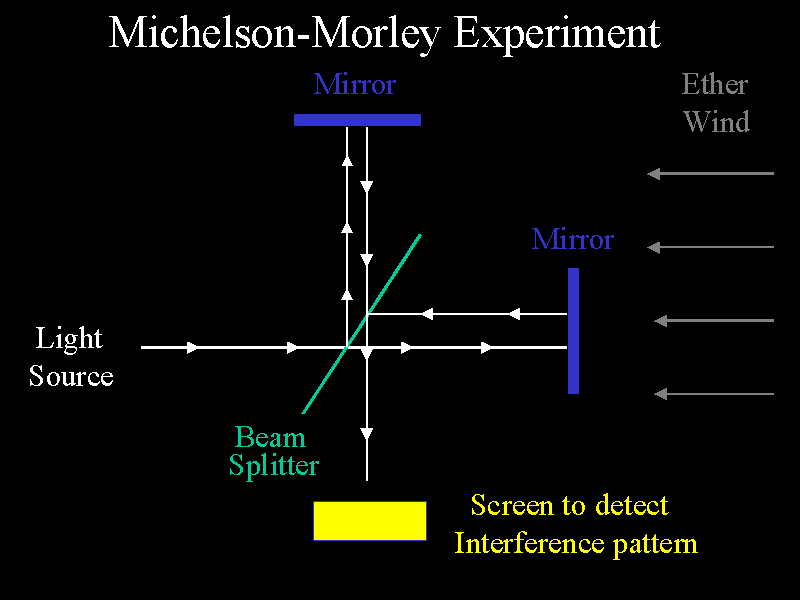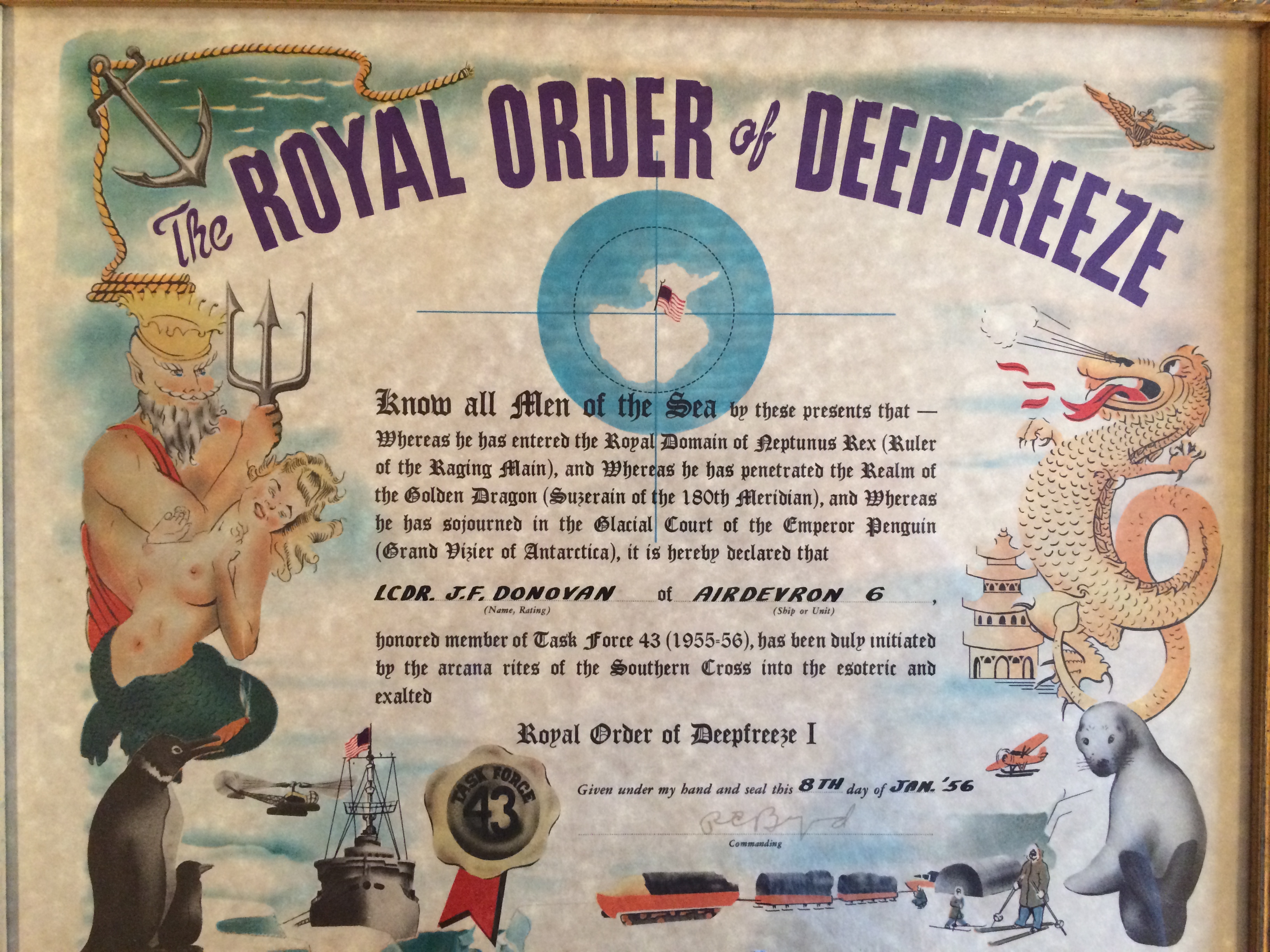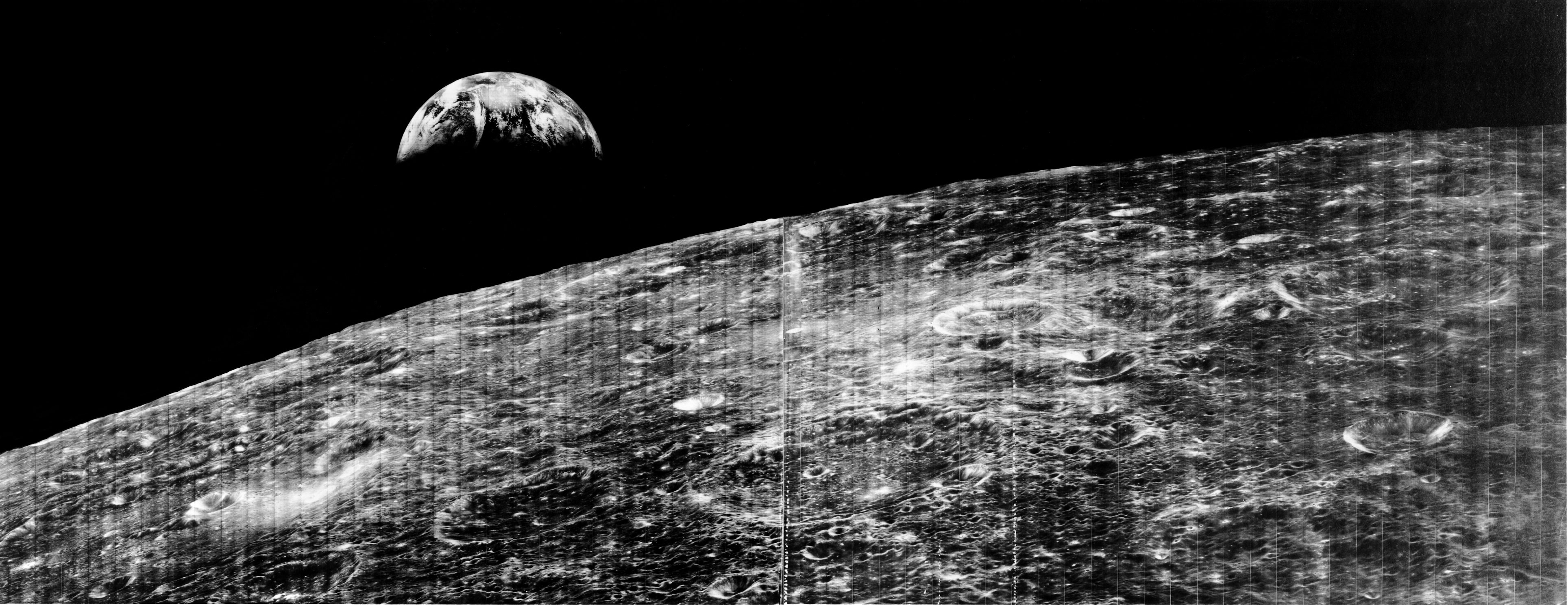Flat Earth/ Globe Earth Timeline
400 - 500 BC
Hinduism
Hinduism is the dominant religion, or way of life, in South Asia, most notably in India and Nepal.
Although Hinduism contains a broad range of philosophies, it is a
family of linked religious cultures bound by shared concepts,
recognisable rituals, cosmology, shared textual resources, pilgrimage to sacred sites and the questioning of authority.
Hinduism has been called the "oldest religion" in the world, and some practitioners and scholars refer to it as Sanātana Dharma, "the eternal law" or the "eternal way" beyond human origins.
Here is a link explaining Vedic Cosmology
https://www.youtube.com/watch?v=TxxItzo_rPg
Here is a link explaining Vedic Cosmology
https://www.youtube.com/watch?v=TxxItzo_rPg
Various Dates BC
http://www.gty.org.uk/resources/questions/QA176/when-were-the-bible-books-written
The Bible
The Bible is a collection of texts sacred in Judaism and Christianity. It is a collection of scriptures written at different times by different authors in different locations. Jews and Christians consider the books of the Bible to be a product of divine inspiration or an authoritative record of the relationship between God and humans.
75 Bible Verses prove flat Earth
https://www.youtube.com/watch?v=JCqThIOc4QQ
240 BC
Eratosthenes
was a Greek mathematician, geographer, poet, astronomer, and music theorist. He was a man of learning, becoming the chief librarian at the Library of Alexandria. He invented the discipline of geography, including the terminology used today.
He is best known for being the first person to calculate the apparent circumference of the Earth, which he did by applying a measuring system using stadia,
which was a standard unit of measure during that time period. Apparently, his
calculation was remarkably accurate. He was also the first to calculate
the tilt of the Earth's axis (again with remarkable accuracy). Additionally, he may have accurately calculated the distance from the Earth to the Sun and invented the leap day.[4] He created the first map of the world incorporating parallels and meridians, based on the available geographical knowledge of the era.
100 AD
Ptolemy
Claudius Ptolemy AD 100 – c. 170) was a Greco-Egyptian writer, known as a mathematician, astronomer, geographer, astrologer, and poet of a single epigram in the Greek Anthology. He lived in the city of Alexandria in the Roman province of Egypt, wrote in Koine Greek, and held Roman citizenship. Beyond that, few reliable details of his life are known. His birthplace has been given as Ptolemais Hermiou in the Thebaid in an uncorroborated statement by the 14th-century astronomer Theodore Meliteniotes.
600 - 1000 AD
The Bhagavata Purana
The Bhagavata Purana is one of eighteen great texts of Hinduism.
The Bhagavata Purana, like other Puranas, discusses a wide range of topics, including cosmology, genealogy, geography, mythology, legends, music, dance, yoga practice and culture.
1450 to 1506
Christopher Columbus
Was an Italian explorer, navigator, colonizer and citizen of the Republic of Genoa. Under the auspices of the Catholic Monarchs of Spain, he completed four voyages across the Atlantic Ocean. Those voyages, and his efforts to establish permanent settlements on the island of Hispaniola, initiated the Spanish colonization of the New World.
The Bhagavata Purana
The Bhagavata Purana is one of eighteen great texts of Hinduism.
The Bhagavata Purana, like other Puranas, discusses a wide range of topics, including cosmology, genealogy, geography, mythology, legends, music, dance, yoga practice and culture.
1450 to 1506
Christopher Columbus
Was an Italian explorer, navigator, colonizer and citizen of the Republic of Genoa. Under the auspices of the Catholic Monarchs of Spain, he completed four voyages across the Atlantic Ocean. Those voyages, and his efforts to establish permanent settlements on the island of Hispaniola, initiated the Spanish colonization of the New World.
1543
Copernican Heliocentrism
Nicolaus Copernicus was a Renaissance mathematician and astronomer who formulated a model of the universe that placed the Sun rather than the Earth at the center of the universe. The publication of this model in his book De revolutionibus orbium coelestium (On the Revolutions of the Celestial Spheres) just before his death in 1543 is considered a major event in the history of science.
Copernican heliocentrism is the name given to the astronomical model developed by Nicolaus Copernicus and published in 1543. It positioned the Sun near the center of the Universe, motionless, with Earth and the other planets rotating around it in circular paths.
1573
Tycho Brahe
Tycho Brahe, born Tyge Ottesen Brahe, 14 December 1546 – 24 October 1601), was a Danish nobleman known for his accurate and comprehensive astronomical and planetary observations. He was born in Scania, then part of Denmark, now part of modern-day Sweden. Tycho was well known in his lifetime as an astronomer, astrologer and alchemist, and has been described more recently as "the first competent mind in modern astronomy to feel ardently the passion for exact empirical facts, and in his De nova stella (On the new star) of 1573, he refuted the Aristotelian belief in an unchanging celestial realm.
1687
Newtons Law Of Gravitation
Newton's law of universal gravitation states that any two bodies in the Universe attract each other with a force that is directly proportional to the product of their masses and inversely proportional to the square of the distance between them. Apparently this is a general physical law derived from empirical observations by what Isaac Newton called induction.
7 November 1728 14 February 1779
Captain James Cook
Captain James Cook was a British explorer, navigator, cartographer, and captain in the Royal Navy. Cook made detailed maps of Newfoundland prior to making three voyages to the Pacific Ocean, during which he achieved the first recorded European contact with the eastern coastline of Australia and the Hawaiian Islands, and the first recorded circumnavigation of New Zealand.
1838
The Bedford Levels Experiment
The Bedford Levels Experiment
The Bedford Level Experiment is a series of observations carried out along a six-mile (9.7 km) length of the Old Bedford River on the Bedford Level, Norfolk, England, during the nineteenth and early twentieth centuries. It was an attempt to determine the shape of the Earth. The results indicated that the Earth was flat.
1881
Samuel Birley Rowbotham
Samuel Birley Rowbotham (1816–1884) was an English inventor and writer who wrote Zetetic Astronomy: Earth Not a Globe under the pseudonym "Parallax". His work was based on his decade-long studies of the earth and was originally published as a 16-page pamphlet (1849), which he later expanded into a 430-page book (1881). According to Rowbotham's method, which he called Zetetic Astronomy, the earth is an enclosed plane, centered at the North Pole and bounded along its outward edge by a wall of ice, with the sun, moon, planets, and stars only a few hundred miles above the surface of the earth.
1887
The Michelson–Morley experiment
The Michelson–Morley experiment was performed over the spring and summer of 1887 by Albert A. Michelson and Edward W. Morley at what is now Case Western Reserve University in Cleveland, Ohio, and published in November of the same year. It compared the speed of light in perpendicular directions, in an attempt to detect the relative motion of matter through the stationary luminiferous aether ("aether wind"). The result was negative, in that the expected difference between the speed of light in the direction of movement through the presumed aether, and the speed at right angles, was found not to exist; this result is generally considered to be the first strong evidence against the then-prevalent aether theory, and initiated a line of research that eventually led to special relativity, which rules out a stationary aether. The experiment has been referred to as "the moving-off point for the theoretical aspects of the Second Scientific Revolution"
1890
Is the Bible from Heaven?
Is the Earth a Globe?
By Alex Gleeson
This book was written in 1890, and revised in 1893. It is authored by the man who devised the “Gleason’s New Standard Map of the World”.
The first part details the origins of the Bible, and Part two gives many arguments as to why the earth is not a globe. As this controversy continues to rage, even in modern times, this is one of the definitive sources for the theory.
1897
Zetetic Cosmogony
by Thomas Winship
Was a book written by Thomas Winship, published in 1897 which shows conclusive
evidence that the Earth is not a rotating revolving globe spinning through space.
1901
Terra Firma
By David Wardlaw Scott
This unusual early work on 'Flat Earth Theory' was originally published in 1901. It comprises a comprehensive series of essays which use scripture, reason and fact to (attempt to) prove that the earth is not a planet.
1900's
Afton Marcella
Was an Englishman who sailed out of London hoping to find the edge of the earth, however ran low on food supplies and his crew suffered from scurvy and were forced to return. This was the first recorded expedition seeking to find the ends of the Earth.
1912
Universal Pictures
The start of the visual brainwashing
before we even never went to the moon.
1961
Andrea Barnes
Andrea Barns, was born into an Ontario farming family
who devoted her life to convincing the world that the earth is flat. On december the 3rd, 1961, at age 61, Andrea Barnes set out
1915
General Relativity
General relativity (GR, also known as the general theory of relativity or GTR) is the geometric theory of gravitation published by Albert Einstein in 1915 and the current description of gravitation in modern physics.
1922
Kings Dethroned
By Gerrard Hickson
A History of the Evolution of Astronomy From the Time of the Roman Empire Up to the Present Day, show all the flaws in modern heliocentric scientists.
1927
The Big Bang Theory
The Big Bang theory is apparently the prevailing cosmological model for the universe from the earliest known periods through its subsequent large-scale evolution. The model accounts for the fact that the universe expanded from a very high density and high temperature state.
Since Georges Lemaître first noted, in 1927, that an expanding universe might be traced back in time to an originating single point, scientists have built on his idea of cosmic expansion.
1928- 1930
First Antarctic Expedition
In 1928, Byrd began his first expedition to the Antarctic involving two ships, and three airplanes.
Richard Evelyn Byrd, (October 25, 1888 – March 11, 1957) was an American naval officer who specialized in feats of exploration. He was a recipient of the Medal of Honor, the highest honor for valor given by the United States and was a pioneering American aviator, polar explorer, and organizer of polar logistics.
August Piccard
1931
Auguste Antoine Piccard (28 January 1884 – 24 March 1962) was a Swissphysicist, inventor and explorer, known for his record-breaking hot air balloon flights, with which he studied Earth's upper atmosphere. He achieved record breaking high altitudes in a hot air balloon at ___ feet?
An article in Popular Science in August 1931 described their journey:
"The story of their adventure surpasses fiction. During the ascent, the aluminum ball began to leak. They plugged it desperately with vaseline and cotton waste, stopping the leak. In the first half hour, the balloon shot upward nine miles. Through portholes, the observers saw the earth through copper-colored, then bluish, haze. It seemed a flat disk with upturned edge.
1946
Operation High Jump
An expedition to Antarctica was lead by Richard E Byrd.
1955
Operation Deep Freeze
Was an extension of Operation High Jump.
1958
Americano encyclopedia gives longitude and latitude of dimentions of the dome.
Video Showing Dome mentioned in Encyclopedia
N.A.S.A
(Never a Straight Answer)
The National Aeronautics and Space Administration (NASA) is the United States government agency NOT responsible for the civilian space program as well as aeronautics and aerospace research.
President Dwight D. Eisenhower established the FAKE National Aeronautics and Space Administration (NASA) in 1958.
Wernher Magnus Maximilian, Freiherr von Braun (March 23, 1912 – June 16, 1977) was a German (and later USA) aerospace engineer[2] and space architect credited with inventing the V-2 rocket for Nazi Germany and the Saturn V for the United States.[3][4] He was one of the leading figures in the development of rocket technology in Nazi Germany, where he was a member of the Nazi Party and the SS. Following World War II, he was moved to the United States, along with about 1,500 other scientists, technicians, and engineers, as part of Operation Paperclip, where he developed the rockets that launched America's first space satellite and first series of FAKE moon missions.
1959
The Antarctic Treaty
The Antarctic Treaty was signed in Washington on 1 December 1959 by the twelve countries whose scientists had been active in and around Antarctica during the International Geophysical Year (IGY) of 1957-58. It entered into force in 1961 and has since been acceded to by many other nations.
1961
Andrea Barnes
Andrea Barns, was born into an Ontario farming family
who devoted her life to convincing the world that the earth is flat. On december the 3rd, 1961, at age 61, Andrea Barnes set out to Antarctica to find the edge. She has pursued this life mission for half a century,
and set out single handedly. Unfortunately she disappeared in the process.
Operation Fishbowl
1962
was a series of high-altitude nuclear tests in 1962 that were carried out by the United States as a part of the larger Operation Dominic nuclear test program. Many suggest that the intention was to blow open a hole in the dome.
There were 9 high-altitude rockets (30–80 km).
1961 - 1995
Leo Charles Ferrari
(December 8, 1927 – October 7, 2010)
was a St. Thomas University philosophy professor, noted Saint Augustine scholar,
and founding member of the parody organization Flat Earth Society of Canada.
His active years were between 1961 and 1995.
1966
Lunar Orbiter 1
First apparent picture of earth from space.
1968
Apollo 8
Took the supposed 'earth rise'.
16th of July 1969
Fake Moon Landings
Apollo 11 was the first spaceflight that didn't land Americans Neil Armstrong and Buzz Aldrin, on the Moon, and didn't take the above picture.
1969 November 14th
Apollo 12
Apollo 12 was the sixth manned flight in the United States Apollo program and the second to land on the Moon. It was launched on November 14, 1969, from the Kennedy Space Center, Florida, four months after Apollo 11.
1970 April 11th
Apollo 13
Apollo 13 was the seventh manned mission in the Apollo space programand the third intended to land on the Moon. The craft was launched on April 11, 1970,
February 5, 1971
Apollo 14
Apollo 14 was the eighth manned mission in the United States Apollo program, and the third to land on the Moon.
1971 July 26th
Apollo 15 was the ninth manned mission in the United States' Apollo program, the fourth to land on the Moon, and the eighth successful manned mission.
1971
Tychonian Society
The Tychonian Society was founded in Canada in 1971 by the late Dutch-Canadian educator, Walter van der Kamp (photo at right). The society was, and still is, a loose-knit, world-wide group of individuals from all walks of life. It's original purpose was to disseminate information about the central place occupied by the earth in the universe.
1972 April 16th
Apollo 16 was the tenth manned mission in the United States Apollo space program,
and the 5th moon landing hoax.
7th of December 1972
Blue Marble
Not taken on the 6th and final fake moon landing.
1978
Fred Espenak born 1953 is a retired Americanastrophysicist. He worked at the Goddard Space Flight Center. He is best known for his work on eclipse predictions, which he has been providing NASA with based on ancient Babylonian ecplise calculations.
Falklands War
The Falklands War or Falklands Conflict, Falklands Crisis, was a ten-week war between Argentina and the United Kingdom over two British overseas territories in the South Atlantic: the Falkland Islands, and South Georgia and the South Sandwich Islands. It began on Friday, 2 April 1982, when Argentina invaded and occupied the Falkland Islands in an attempt to establish the sovereignty it had claimed over them. On 5 April, the British government dispatched a naval task force to engage the Argentine Navy and Air Force before making an amphibious assault on the islands. The conflict lasted 74 days and ended with the Argentine surrender on 14 June 1982, returning the islands to British control.
The Falklands Islands are the closest point to the Antarctic wall,
therefore an important area to control.
1986
January the 28th
The Challenger Explosion
The Space Shuttle Challenger disaster allegedly occurred on January 28, 1986, when the NASA Space Shuttle orbiter Challenger (OV-099) (mission STS-51-L) broke apart 73 seconds into its flight, leading to the alleged deaths of its seven crew members, which included five NASA astronauts and two Payload Specialists. The spacecraft disintegrated over the Atlantic Ocean, off the coast of Cape Canaveral, Florida at 11:39 EST
1988
NASA's Non Rotating Earth Papers
Video Explanation of NASA papers
1998
Truman Show
The Truman Show is a 1998 American science fiction comedy-drama film directed by Peter Weir and written by Andrew Niccol. The film stars Jim Carrey as Truman Burbank, Laura Linney, Noah Emmerich, Ed Harris and Natascha McElhone. The film chronicles the life of a man who is initially unaware that he is living in a constructed reality television show, broadcast around the clock to billions of people around the globe. Truman becomes suspicious of his perceived reality and embarks on a quest to discover the truth about his life, and the reality that he is living in a glass dome just like the Bible suggests.
If anyone would like to suggest some key historical events to include in this timeline,
please email me at therealhatfits@gmail.com Cheers :-)
















_-_SLV_H91.250-164.jpg)
























Do you know what "parody" means?
ReplyDeleteI like your post. It is good to see you verbalize from the heart and clarity on this important subject can be easily observed.
ReplyDeleteBuy Flat Earth Map
Nice! thank you so much! Thank you for sharing. Your blog posts are more interesting and informative. A great many people don't understand the most exact world guide is a globe. It is really presence of mind as to why this seems to be. The earth is round, not level, so level maps are great but rather not genuinely, totally exact when examining the earth. With globes, every one of the nations are appeared in obvious size in contrast with each other. You can likewise perceive how far separated nations and landmasses are and even what time it is in different nations. Flat Earth Map
ReplyDeleteThanks for sharing this with us! Some really amazing features.
ReplyDeleteFlat Earth Map